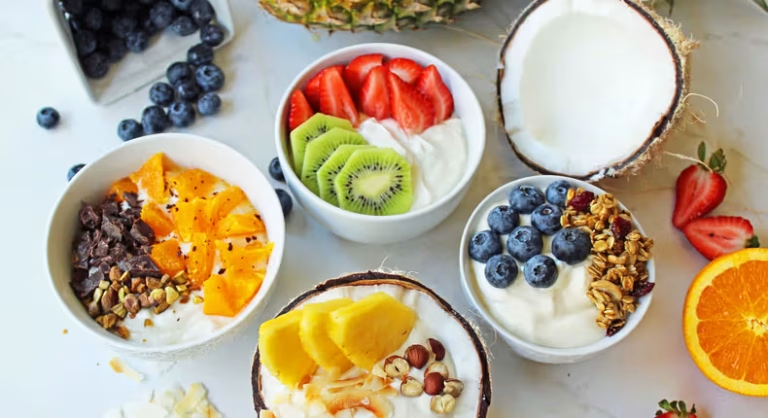3 mn read
Whether you’re a seasoned creator or an avid viewer, there might be times when you want to save videos to your phone’s gallery. While TikTok offers an in-app download option, there are often restrictions, such as not being able to download videos from private accounts or videos with certain music. To overcome these limitations and enjoy seamless TikTok video downloads, Ssstiktok emerges as the perfect solution.
Why Ssstiktok?
Ssstiktok is a free online tool that allows you to download TikTok videos without a watermark. It’s incredibly easy to use, requiring no software installation or complex steps. With Ssstiktok, you can download videos from both public and private TikTok accounts, regardless of the music used.
According to Rico Mora, CEO of Ssstik.cx, the debut marks a quantum leap in digital content accessibility, with a keen focus on engaging users from Indonesia, India, Vietnam, the Philippines, and Brazil. As of April 10, 2024, individuals from these regions and beyond are warmly welcomed to explore https://ssstik.cx and uncover its seamless TikTok video downloading features.
User-friendly interface
One of the standout features of Ssstiktok is its intuitive and user-friendly interface. The website is designed with simplicity in mind, ensuring that even those with minimal technical knowledge can navigate it effortlessly.
No Software installation required
Unlike many other video download tools, Ssstiktok does not require you to install any software or extensions on your device. It’s a web-based service, which means you can access it directly from your browser without any additional downloads or installations.
Supports private accounts
Ssstiktok’s ability to download videos from private TikTok accounts is a game-changer for those who want to save videos from their friends, family, or exclusive content creators. This feature sets Ssstiktok apart from TikTok’s native download option, which only supports public accounts.
How to download TikTok videos with Ssstiktok
Follow these simple steps to effortlessly download TikTok videos using Ssstiktok:
Step 1: Copy the TikTok video link
Open the TikTok app and navigate to the video you want to download. Tap the Share button and then select Copy Link.
Step 2: Head to Ssstiktok
Step 3: Paste the video link
Back on the Ssstiktok website, paste the copied TikTok video link into the designated text box.
Step 4: Download the video
Click on the Download button. Ssstiktok will analyze the link and provide you with two download options: Download Server 1 and Download Server 2. Select either of these options to initiate the download process.
Where to find the downloaded video
Once the download is complete, the video will be automatically saved to your device’s gallery. On iPhones, the video will be saved to the Camera Roll. On Android devices, the video can usually be found in the Downloads folder.
Streamlined downloading process
Ssstiktok’s downloading process is remarkably straightforward, requiring just a few clicks. This simplicity ensures that users of all skill levels can effortlessly save their favorite TikTok videos to their devices.
No watermarks
One of the most significant advantages of using Ssstiktok is that it enables you to download videos without any watermarks. This means you can enjoy the videos in their original, unobstructed form, without any distracting logos or overlays.
Compatible with all devices
Ssstiktok is designed to be compatible with a wide range of devices, including smartphones, tablets, and computers running various operating systems. Regardless of your device or platform, you can rely on Ssstiktok to deliver a seamless video downloading experience.
Ssstiktok’s key features
Watermark-Free downloads
Ssstiktok enables you to download videos without any watermarks, ensuring a clean and unobstructed viewing experience.
Support for private accounts
Unlike TikTok’s native download feature, Ssstiktok allows you to download videos from both public and private accounts.
Unlimited downloads
There are no restrictions on the number of videos you can download using Ssstiktok. You can download as many videos as you want, whenever you want.
No sign-up required
Ssstiktok is free to use and doesn’t require you to create an account or log in. Simply visit the website and start downloading videos.
Additional Tips
HD video downloads
Ssstiktok allows you to download TikTok videos in high definition (HD) quality, providing a better viewing experience.
Fast downloads
Ssstiktok utilizes multiple download servers to ensure fast and seamless downloads.
Versatile compatibility
Ssstiktok is compatible with a wide range of devices, including smartphones, tablets, and computers running various operating systems.
Conclusion
Ssstiktok is the go-to tool for quick and easy TikTok video downloads. With its user-friendly interface, support for private accounts, watermark-free downloads, and unlimited usage, Ssstiktok empowers you to save your favorite TikTok videos to your gallery without any hassle. Whether you’re a creator looking to share your content beyond TikTok or a viewer who wants to preserve special videos, Ssstiktok has got you covered. Download TikTok videos effortlessly and enjoy them offline with Ssstiktok.



























